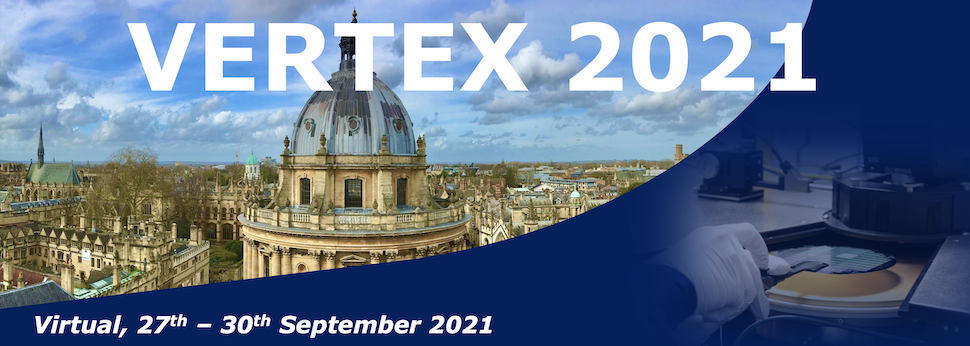Speaker
Description
The aim of the MONOLITH H2020 ERC Advanced project is to develop fully monolithic highly granular pixel sensors with picosecond time stamping capabilities. To reach a picosecond precise sensor response, a thin gain layer has been implemented deep inside a high-resistivity epitaxial layer. By moving the gain layer away from the pixel implantation, the pixel size can be reduced down to 50 µm, allowing to simultaneously reach a high spatial precision. Making use of a SiGe BiCMOS 130 nm process technology, a fast and low noise frontend response has been realised. 3D TCAD simulations have been developed for a detailed insight and understanding of the sensor and have been used to optimise the gain layer and epitaxial layer doping levels as well as the pixel edge structures. Several prototypes with different doping levels and different complexity of in-pixel circuitry have been produced in this technology to investigate and optimise their performance in terms of e.g. sensor gain and time stamping capability. Laboratory and test-beam measurements have been made, with a focus on sensor gain, detection efficiency and time resolution.
This talk will introduce the MONOLITH project and summarise the main measurement and simulation results.

